Analysis of Jon Cook’s Paper: Creating Writing as a Research Method
Published in: Research Methods for English Studies (Gabriele Griffin)
Quick Summary of the Paper:
Jon Cook advocates that creative writing should be viewed as a legitimate research method. He questions the division between creative and critical inquiry. He asserts that reading and writing processes are integral components of scholarly practice. Cook highlights the iterative nature of writing and emphasises the significance of engagement with literary traditions. He also draws parallels between creative and traditional research methodologies, emphasising the potential for creative writing to generate unique insights and perspectives. However, implementing creative writing as a research technique may require assistance with standardisation and evaluation. Some critics argue that it could compromise scholarly stringency and objectivity. Despite these drawbacks, creative writing offers interdisciplinary exploration and innovation opportunities. By embracing creativity and imagination, scholars can expand scholarly discourse and challenge established paradigms. Cook’s proposal encourages scholars to reconsider the role of creative writing in academic research, acknowledging its potential to advance knowledge and scholarship.
Detailed & Critical Analysis of Jon Cook’s Paper:
Introduction:
Jon Cook’s essay offers a thought-provoking exploration of the intersection between creative writing and academic research, challenging conventional notions of scholarly inquiry and advocating for a reevaluation of the role of writing in the production of knowledge. Through a nuanced analysis, Cook posits creative writing as a legitimate research method, emphasising its capacity for discovery, revision, and engagement with tradition. By interrogating writing and reading processes within the context of creative and critical writing PhD programs, Cook endeavours to demonstrate the viability and practicality of integrating creative practice into academic discourse. This essay critically examines Cook’s central proposition, elucidating his argumentation and evaluating its implications for scholarly practice.
Central Proposition:
At the crux of Cook’s argument lies the assertion that creative writing constitutes a valid and rigorous form of research. He challenges the prevailing dichotomy between creative and critical modes of inquiry, contending that creative writing offers unique opportunities for generating new insights and advancing knowledge. Cook posits, “The thought that a course of reading is necessary to a writer’s attainment is not new” (Cook). This statement underscores the interconnectedness of reading and writing, highlighting the role of literary study in informing creative practice. Cook’s central proposition asserts that creative writing is not merely an expressive endeavour but a systematic process of exploration and discovery. He contends, “The first draft raises a ‘research question’ for the writer” (Cook). Here, Cook elucidates the iterative nature of the writing process, wherein initial drafts serve as catalysts for further inquiry and refinement. By reconceptualising creative writing as a research mode, Cook challenges traditional disciplinary boundaries and advocates for a more inclusive and expansive understanding of scholarly practice.
Creative Writing as a Research Method:
Cook articulates his argument by delineating the parallels between creative writing and traditional research methodologies. He argues that the iterative writing process mirrors the principles of research inquiry, wherein ideas are tested, refined, and developed over time. Cook argues, “Each draft will produce a set of discoveries whose implications need to be tested, rejected, or refined in a subsequent draft” (Cook). This statement underscores the cyclical nature of the writing process, highlighting its capacity for generating new insights and perspectives. Moreover, Cook emphasises the importance of reading as an essential component of the creative writing process, drawing parallels between literary study and historical research. He posits, “Reading provides writing with historical sense – that, at least, is the basic slogan advanced here” (Cook). By engaging with literary traditions and predecessors, creative writers synthesise past influences with contemporary insights, enriching their work with diverse perspectives and references.
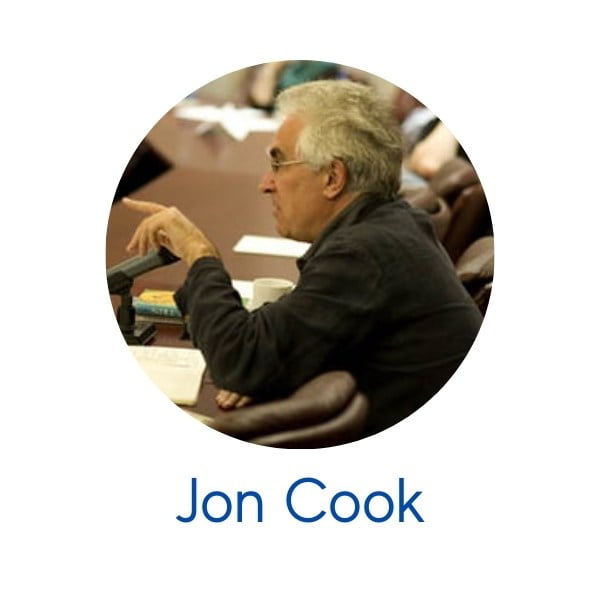
Viability and Practicality:
While Cook’s proposition regarding creative writing as a research method is compelling, questions arise regarding its viability and practicality within academic contexts. The subjective nature of creative writing and its reliance on individual creativity may challenge standardisation and reproducibility. Additionally, integrating critical commentary alongside creative work in PhD programs may require careful consideration of evaluative criteria and assessment methods. Cook acknowledges these challenges, stating, “The completion of a thesis requires more than one draft” (Cook). This acknowledgement underscores the iterative nature of the writing process and the importance of revision and refinement in scholarly inquiry. While questions remain regarding implementing and assessing creative writing as a research method, Cook’s exploration opens new avenues for dialogue and innovation within academic disciplines. Ultimately, his proposition invites scholars to reconsider how knowledge is produced and communicated, embracing the creative potential of writing as a means of discovery.
Limitations of Cook’s Proposal:
Although Cook’s proposal has advantages, some limitations do demand consideration. Firstly, the subjective nature of creative writing can make it challenging to standardise evaluation criteria and ensure reproducibility. Unlike traditional research methodologies, creative writing often relies on individual creativity and expression, making it difficult to establish universal benchmarks for assessment. Additionally, integrating critical commentary alongside creative work in academic programs may require careful calibration to ensure balance and coherence. Critics may argue that Cook’s proposal risks diluting the rigour and objectivity of traditional research practices, thus undermining academic credibility and scholarly standards.
Counterargument:
Some quarters have opposed Cook’s proposal, failing to acknowledge the inherent value of creative writing as a versatile and engaging mode of inquiry and expression. Creative writing offers a unique approach to exploring complex themes and concepts across various disciplines. By prioritising creativity and imagination, creative writing encourages scholars to approach research questions from diverse perspectives and experiment with innovative methodologies.
Creative writing’s capacity to generate new knowledge and challenge established paradigms should not be underestimated or overlooked. Moreover, integrating critical commentary alongside creative work enhances reflexivity and critical engagement, enriching the scholarly discourse with nuanced insights and interpretations. Critics should pay more attention to the potential of creative writing to contribute to interdisciplinary dialogue and academic innovation rather than dismissing it without fully considering its value.
Conclusion:
In conclusion, Jon Cook’s essay offers a compelling argument for reimagining creative writing as a form of research. By interrogating writing and reading processes, Cook challenges traditional boundaries between creative and critical inquiry, advocating for a more inclusive and expansive understanding of scholarly practice. While questions remain regarding the viability and practicality of integrating creative writing into academic discourse, Cook’s exploration underscores the potential value of incorporating diverse modes of expression and interpretation into scholarly inquiry. Ultimately, his proposition invites scholars to reconsider how knowledge is produced and communicated, embracing the creative potential of writing as a means of discovery.
Written by Alok for the English Literature Education Platform

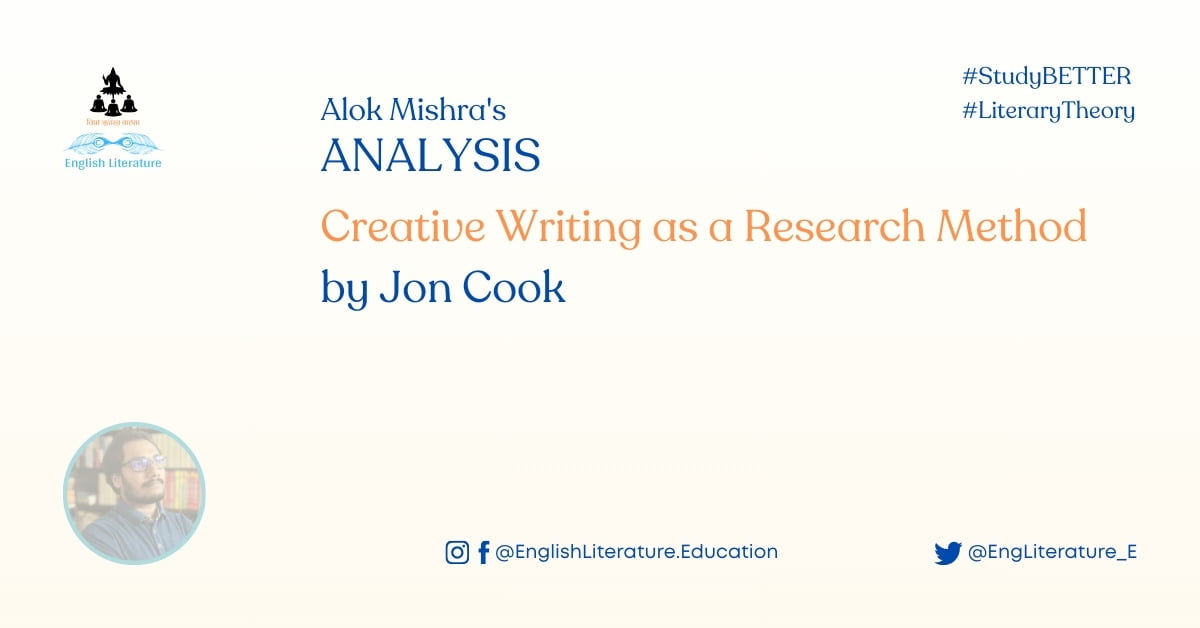
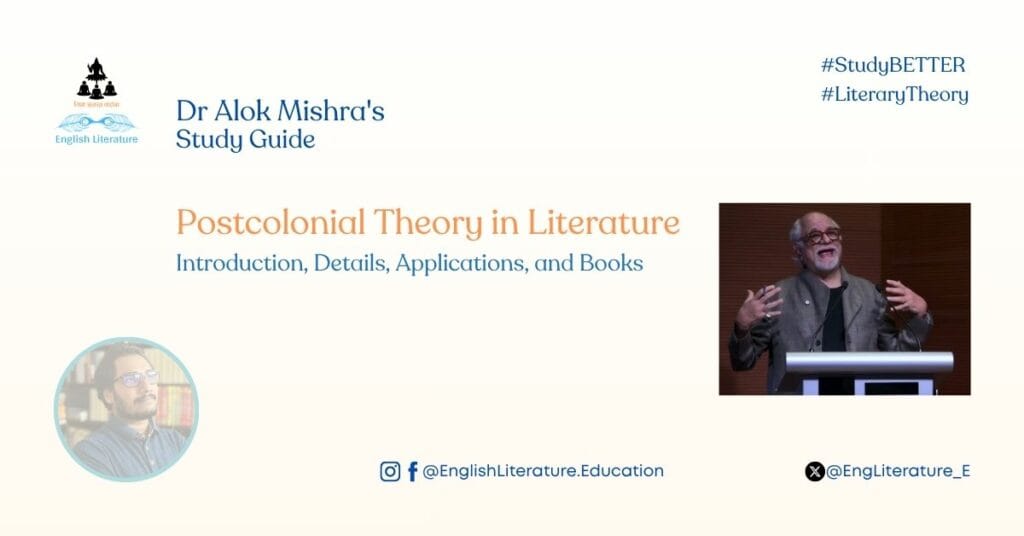
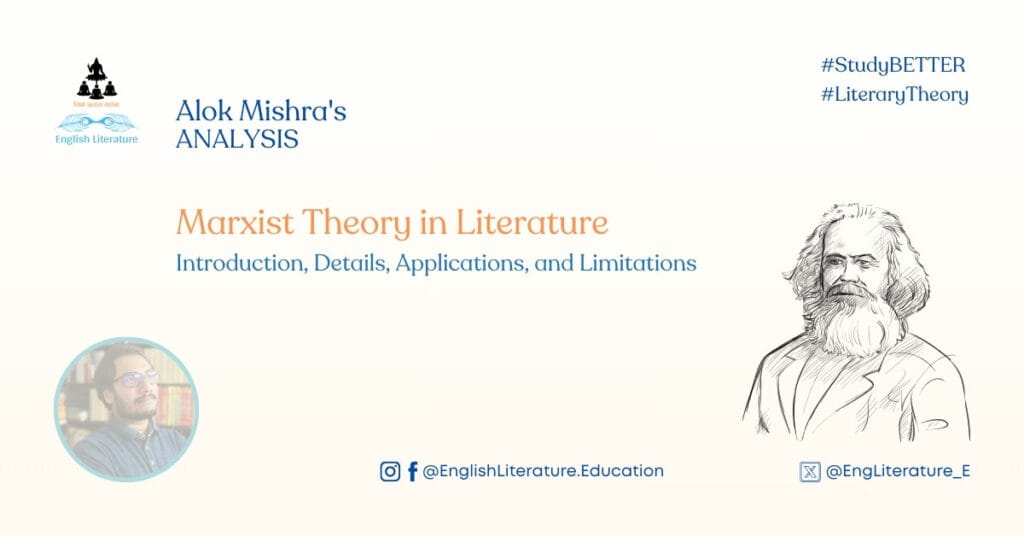
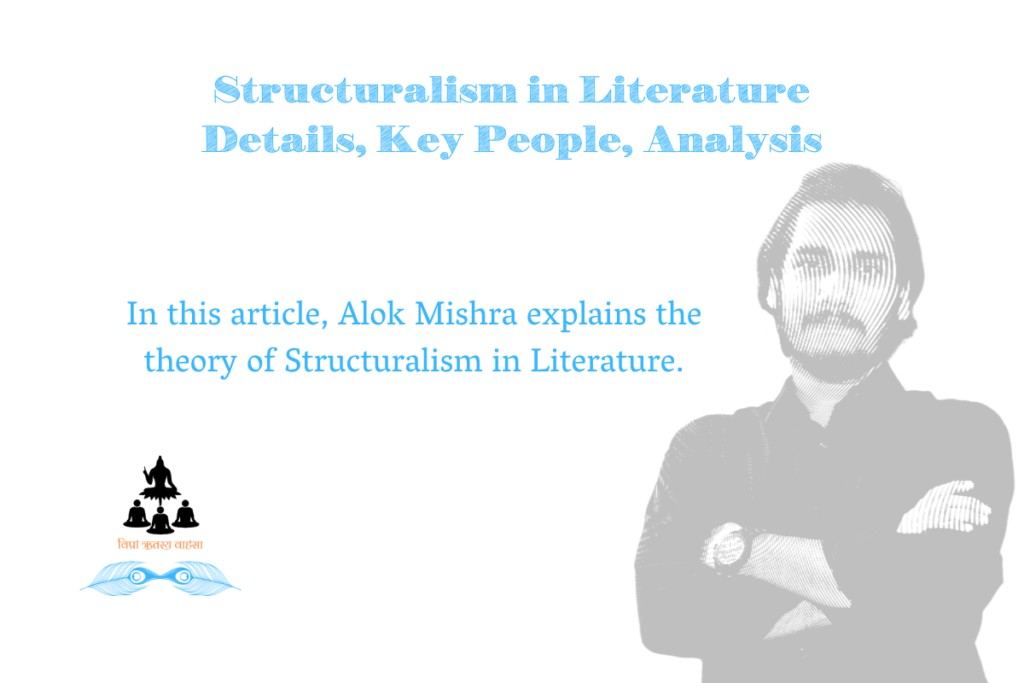
1 Comment. Leave new
Thanks for this wonderful analysis and precise summary… I was looking for something like this about this clumsy paper for many days now.